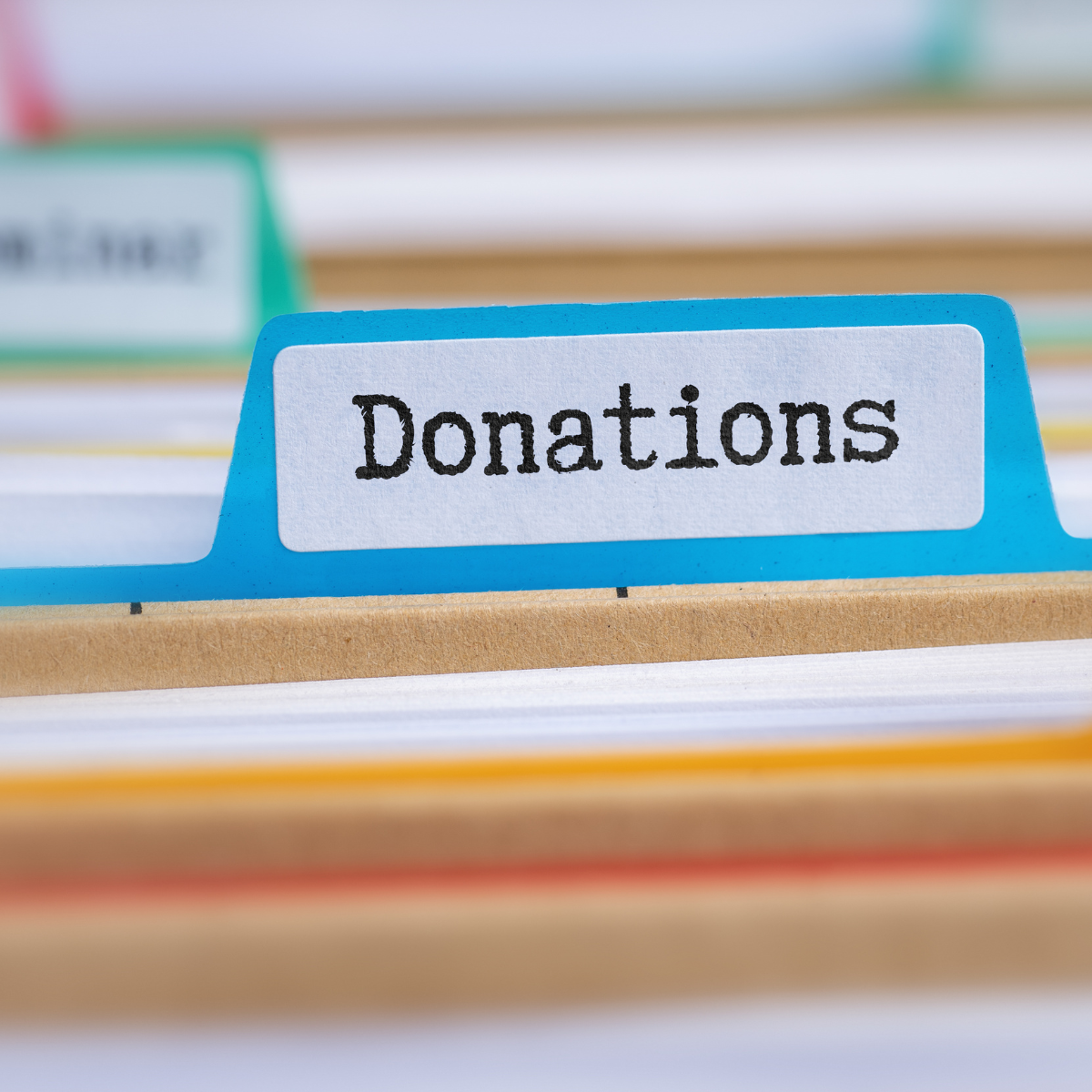The widespread media coverage of natural disasters has left business owners with little excuse to be unprepared for hurricanes, tornadoes, earthquakes, forest fires, floods, and super storms. These calamities can strike wherever and whenever, and while there is no preparation for the physiological impact of a disaster, there is a way to give your business its best chance at surviving the most heinous natural disaster.
Preparedness takes many forms, from creating a disaster plan, complete with supply kits and evacuation routes, to safeguarding your business with communication templates and IT backup. This article will explore the steps business owners can take both before and after a disaster strikes to protect their company, employees, clients, and the community.
Before disaster strikes
1. Acknowledge and accept. Perhaps you live in an area that is rarely hit by nature’s wrath – don’t be lulled into a false sense of security due to a lack of recent activity. Disaster preparedness is something you can’t fully appreciate until you need to use it. Having a plan in place costs virtually nothing but can save you everything.
2. Have a conversation. It’s important to begin your preparedness campaign at a table with key members of your organization as soon as possible. The emergency planning process will take time to design and implement. We advise hosting a few brainstorming sessions to discuss every aspect of disaster recovery – from assets to communications to continuity of services. It’s important to educate yourself on the kind of emergencies that could affect your business and develop an operations plan for each. Take the time to review potential blind spots and fortify your information systems. Consider the following vital points.
- a. Make sure your records are regularly updated and that current and critical projects are available from the cloud at all times.
- b. Document your assets both in writing and with pictures.
- c. Review federal and state laws regarding payroll during a disaster and determine if your payroll provider has a fiduciary bond in place.
- d. Designate one or two-point persons to reach out to employees, clients, and agencies like the IRS and your insurance company report in the event of a disaster. Include contingency plans for communicating without landlines and cell towers and review emergency texting solutions.
- e. Preparation only goes so far – to make sure all your hard work doesn’t have a fatal glitch, set up a time during non-business hours to practice an emergency drill.
- f. Once you’ve had an opportunity to discuss your emergency plans, it’s time to put it in writing. Be sure to review and update your emergency plan at least once per year.
3. Be prepared for the practical steps that follow a disaster. Accounting rules remain firmly in place after a disaster. Following these steps can help you limit economic harm to your business and better position you to claim financial relief through your insurance company, the IRS and other sources.
a. Account for inventory losses as soon as possible. When it comes to reporting losses on your tax return, don’t forget to adjust for insurance reimbursements.
b. Account for property damage. If your business sustains any damage that was not reimbursed by insurance, you may be able to claim a deduction on your taxes.
c. Keep payroll in motion or resume payments as soon as possible. You are legally obligated to pay your people, even if your lights are out. Review local, state and federal laws concerning how you should prioritize payroll in the wake of catastrophe.
d. Review tax extensions. Deadline extensions vary, depending on the tax and type of disaster, and payments aren’t necessarily included in the extensions.
Some disasters come with little to no warning, but a business with a preparedness plan can help mitigate total devastation and be better positioned to serve their community well. Share your plan with your employees and remind them to review the plan often. Consulting with your financial advisor in this capacity is also a good idea as business situations and tax laws change regularly.
Sandusky
419-625-4942
Norwalk
419-668-2552
Treasury Circular 230 Disclosure
Unless expressly stated otherwise, any federal tax advice contained in this communication is not intended or written to be used, and cannot be used or relied upon, for the purpose of avoiding penalties under the Internal Revenue Code, or for promoting, marketing, or recommending any transaction or matter addressed herein.
 Home
Home Sign In
Sign In Make a Payment
Make a Payment Search
Search











